CEOs worldwide are grappling with the challenge of implementing artificial intelligence (AI) across their organizations, but a crucial hurdle remains: middle managers' reluctance to adopt these tools. Despite significant investments in AI technology, many companies are struggling to bridge the gap between the C-suite's strategic vision and the practical implementation on the ground.
According to a recent study, the average company spends around $1.5 million annually on AI-related expenses, including software, training, and personnel. However, a significant portion of this investment is often wasted due to the lack of buy-in from middle managers, who are critical to the successful integration of AI into daily operations.
The uneven adoption of AI across different roles and seniorities is a major contributor to this problem. Entry-level workers are often more open to experimenting with new technologies, while the C-suite sees the strategic value of AI and is more likely to invest in its development. Middle managers, however, often struggle to bridge the gap between these two extremes, leading to a disjointed and ineffective implementation of AI.
This is not just a matter of resistance to change; it's also a question of skill and knowledge. Middle managers need to be equipped with the skills and knowledge to effectively integrate AI into their teams, but many lack the necessary training and support. A survey of companies in the Asia-Pacific region found that only 22% of middle managers reported feeling confident in their ability to implement AI, while 45% expressed concerns about the impact of AI on their jobs.
The solution lies in investing in people, not just technology. Companies that have successfully implemented AI have done so by focusing on the human side of the equation. They have invested in training and development programs for middle managers, providing them with the skills and knowledge they need to effectively integrate AI into their teams.
One such company is a leading financial services firm in Singapore, which has seen significant success in implementing AI across its operations. The company invested heavily in training and development programs for its middle managers, providing them with the skills and knowledge they need to effectively integrate AI into their teams. As a result, the company has seen a significant increase in productivity and efficiency, with AI-powered tools automating routine tasks and freeing up staff to focus on higher-value activities.
The impact of this approach is not limited to the company itself. By investing in people, companies can also create a more competitive and attractive work environment, which can help to attract and retain top talent. In a tight labor market, this is a critical advantage, and companies that fail to invest in their people risk being left behind.
Looking ahead, the adoption of AI is likely to continue to accelerate in the coming years, driven by advances in technology and increasing competition. Companies that are able to effectively integrate AI into their operations will be well-positioned to take advantage of these trends, while those that fail to do so risk being left behind.
In conclusion, the key to successful AI adoption lies in investing in people, not just technology. By focusing on the human side of the equation, companies can create a more effective and efficient implementation of AI, and reap the benefits of this technology in the years to come.



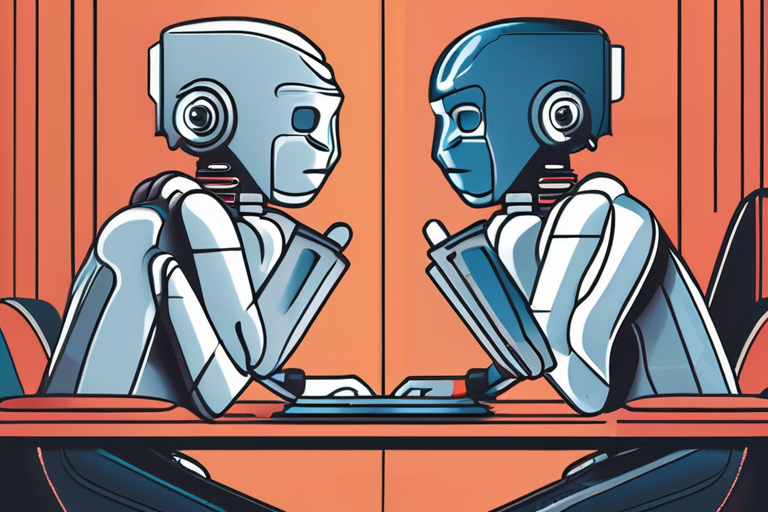

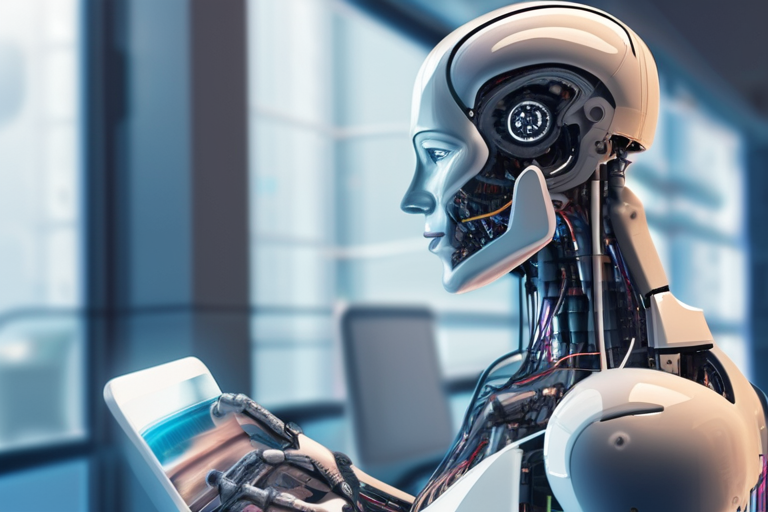

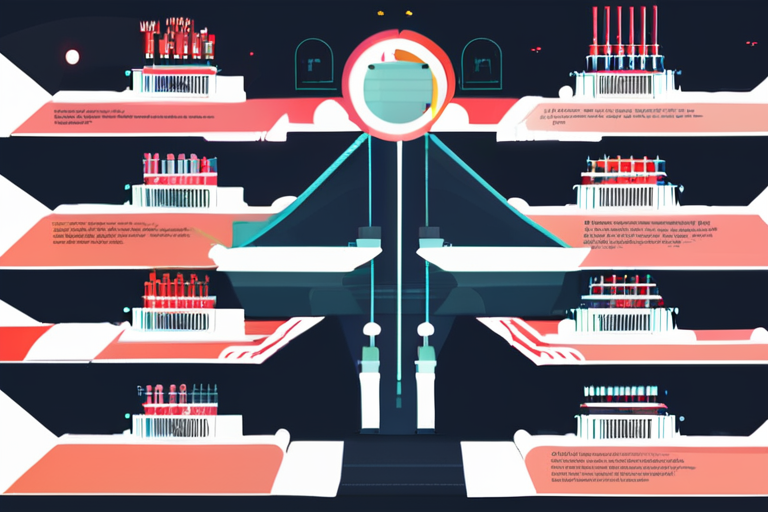

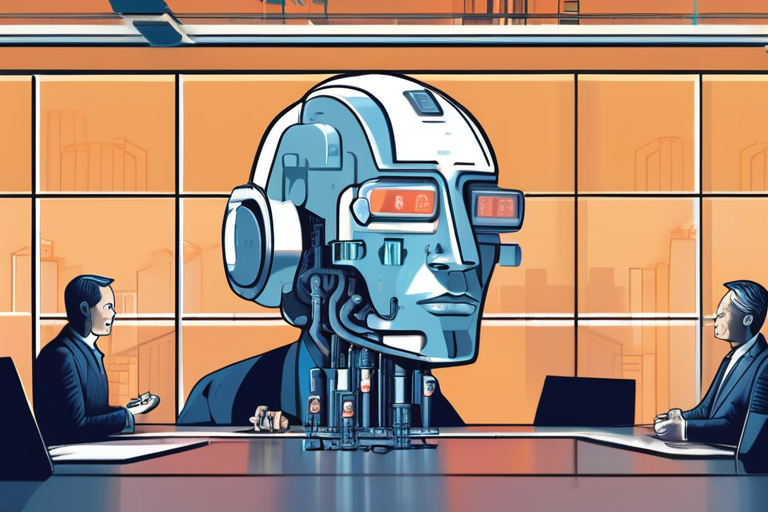



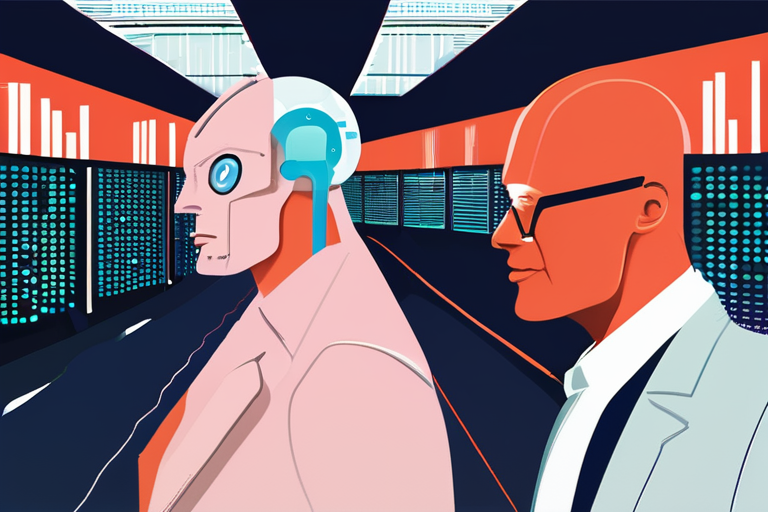






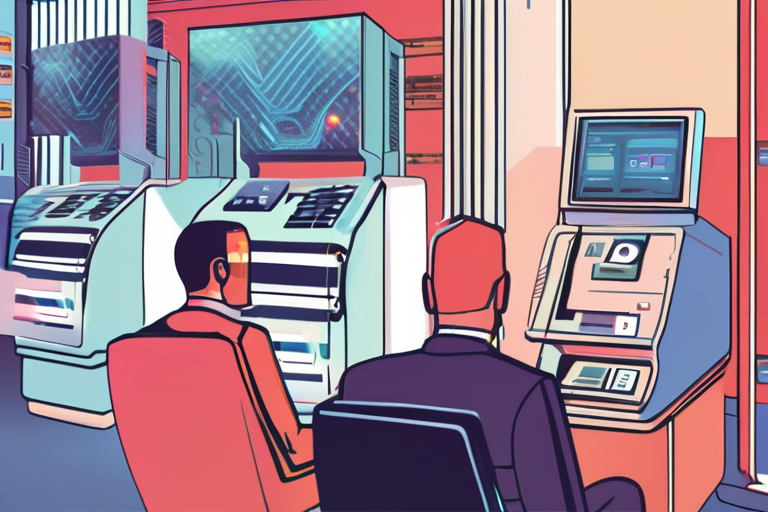
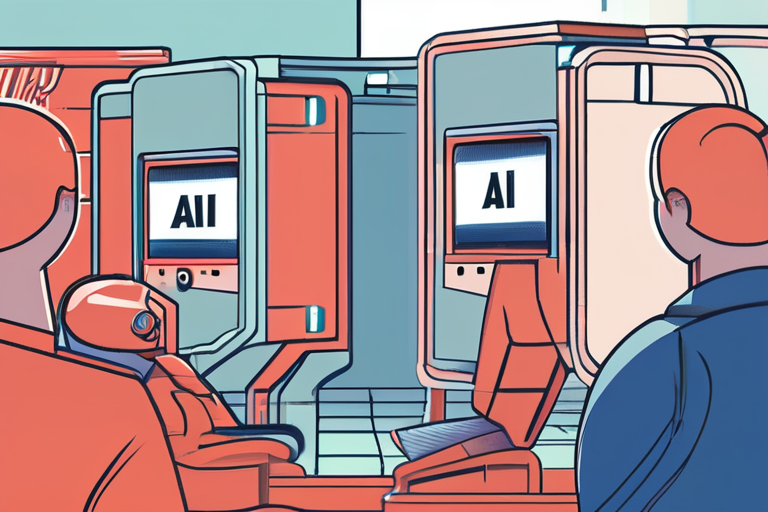



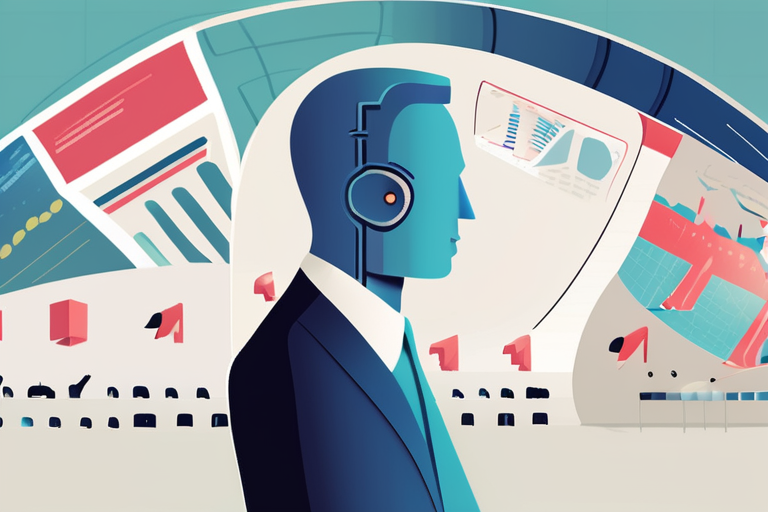

Share & Engage Share
Share this article